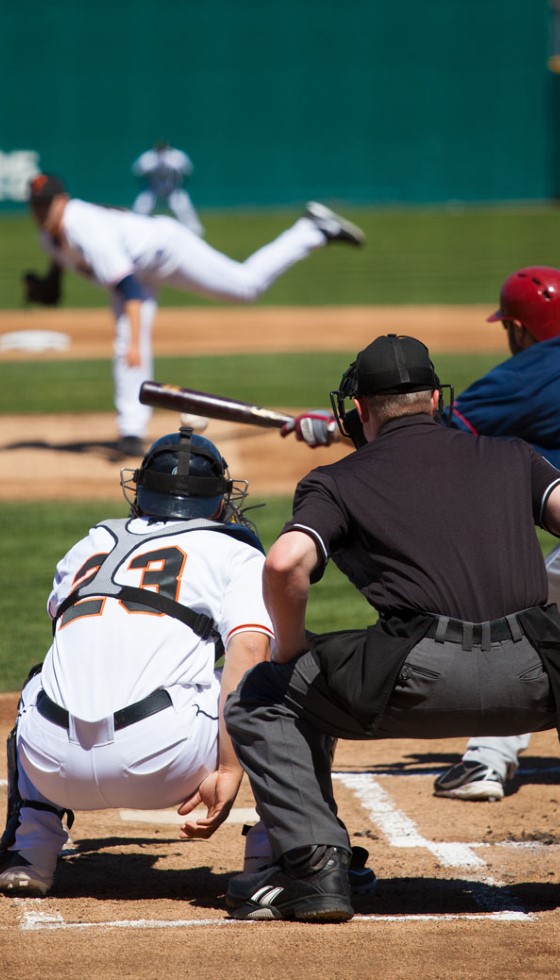
Mike Marshall’s 1974 season remains one of the most remarkable in Major League Baseball history, a testament to his endurance and dominance as a reliever. Marshall’s accomplishment that year set a new standard for relief pitchers, showcasing their capacity to be as impactful as starters in the race for prestigious awards.
Marshall’s Cy Young Award-winning performance in 1974, when he pitched a staggering 200 innings in relief, broke the mold for how relievers were viewed in the game. For years, starters primarily dominated the Cy Young Award discussions, but Marshall’s season proved that relievers could contribute significantly to their teams and be just as deserving of national accolades.
Relievers Making Their Mark
Following Marshall’s unprecedented success, other relievers started to gain similar recognition. Sparky Lyle’s 1977 American League Cy Young Award win marked another milestone for relievers. Two years later, Bruce Sutter captured the 1979 National League Cy Young, establishing himself as one of the most formidable closers of his era.
In 1981, Rollie Fingers further solidified the role of the reliever in award considerations by securing both the AL MVP and the Cy Young Award with 78 innings pitched. A few years later, in 1984, Willie Hernandez replicated this dual feat, winning both awards with a stellar 1.92 ERA and 140 1/3 innings pitched.
A Continuing Legacy
The pattern continued with Steve Bedrosian’s 1987 NL Cy Young Award, which he earned through consistent performance, including 40 saves in 48 chances and 89 innings pitched. Mark Davis followed in 1989, clinching the NL Cy Young Award after converting 44 saves in 48 opportunities and pitching 92 2/3 innings.
Dennis Eckersley’s 1992 season remains iconic, as he claimed both the AL MVP and Cy Young Awards off the strength of his 80 innings of relief work. This performance cemented Eckersley’s place among the all-time greats and underscored the pivotal role relievers could play in a successful season.
Eric Gagne’s 2003 NL Cy Young win further perpetuated the dominance of relievers in Major League Baseball. Gagne remains the only reliever to have secured a Cy Young Award post-Eckersley, highlighting the exceptional nature of his performance.
The Modern Reliever
Today, relievers like Craig Kimbrel and Aroldis Chapman have become stalwarts in the bullpen. Kimbrel, drafted as a reliever, has never started a single game in the minors, except for a brief rehabilitation stint in 2016. Chapman also transitioned to the bullpen early in his career, making the shift in 2010.
Emmanuel Clase is another name that stands out among current relievers. Clase's 0.59 ERA, 0.67 WHIP, and 38 saves in 41 chances are indicative of his remarkable consistency and dominance. Clase logged 53 strikeouts against only seven unintentional walks over 61 1/3 innings, exemplifying the control and effectiveness required to succeed in today’s game.
Despite Clase’s outstanding performance, other pitchers like Tarik Skubal, Erick Fedde, Tyler Anderson, and Cole Ragans are ranked higher in AL pitcher WAR. This highlights the ongoing competition and the high standard across the league. Notably, Fedde has since transitioned to the National League, while Skubal is expected to take a cautious approach through September. Anderson competes with metrics like a 4.46 FIP and 1.23 WHIP, and Ragans is poised to continue his strong performances despite recent injury setbacks.
In essence, the evolution of the reliever role has markedly influenced the landscape of Major League Baseball. What began with Mike Marshall’s unprecedented 1974 season has grown into a rich legacy of relievers earning top honors and shaping the way the game is not only played but also celebrated.